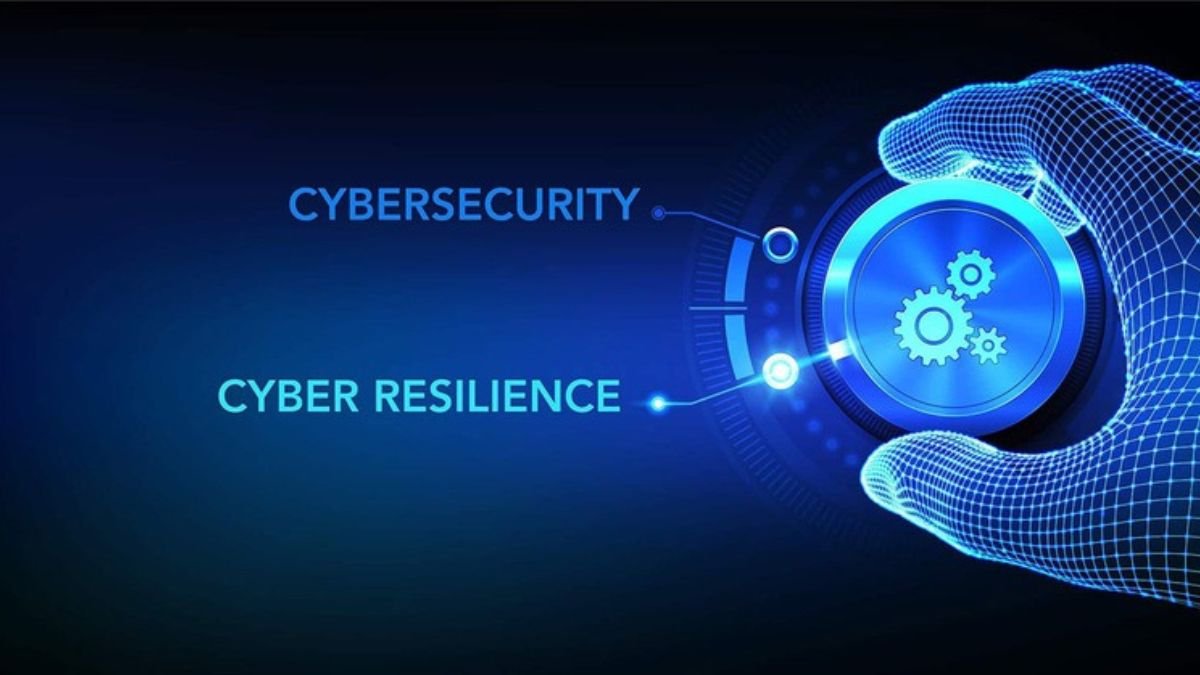Key Takeaways
- Discover practical strategies to enhance cybersecurity resilience.
- Learn about the latest trends in protecting business data.
- Gain insight into the importance of comprehensive security frameworks.
Table of Contents
Introduction to Cybersecurity Resilience
Resilience in cybersecurity is crucial in today’s digital world to protect businesses from evolving cyber threats. It refers to an organization’s ability to stop, react to, and bounce back from cyberattacks while maintaining essential operations. Building resilience entails fortifying security measures and creating a proactive plan for ongoing improvement as cyber threats become more complex. This covers risk analyses, educating staff, and ensuring backup systems are reliable.
Adopting these strategies helps businesses minimize downtime and financial loss during an attack. Implementing a comprehensive cybersecurity plan is essential to staying ahead of cybercriminals. To learn more about enhancing cybersecurity resilience, click here for in-depth strategies and actionable steps to safeguard your business.
Why Cybersecurity Is Critical for Businesses
Cybersecurity is more critical than ever for companies of all sizes in the current digital era. Businesses are more susceptible to financial theft, data breaches, and cyberattacks as they depend more and more on technology to function. Resilient cybersecurity is necessary to safeguard private data, guarantee business continuity, and uphold client confidence. Risks can be reduced by putting strong security measures, such as firewalls, encryption, and frequent system updates. Fostering a security-conscious culture and training employees to recognize threats like phishing attacks can significantly reduce vulnerabilities. With cyber threats constantly evolving, adopting a proactive approach to cybersecurity is crucial to safeguarding a business’s assets and reputation.
Key Strategies for Enhancing Cybersecurity
Implementing Multi-Layered Security
A multi-layered security strategy involves deploying several defensive measures to counteract potential threats. This approach mitigates risks by reducing the likelihood of a single point of failure. Integrating firewalls, intrusion detection systems, and encrypted communications forms the backbone of a strong security posture. An article on multi-layered security systems claims that by implementing a thorough coverage of security layers, companies may identify and eliminate threats more quickly and effectively, guaranteeing that even in the event of a failure, the remaining layers will be adequate to contain the breach.
Importance of Employee Training
Employees are often the first line of defense against cyber threats, yet human error remains a significant vulnerability. Phishing and social engineering attacks exploit this weakness, making it vital for businesses to implement continuous educational programs. Regular training sessions help employees recognize suspicious activities and empower them to take immediate action, reducing the likelihood of successful attacks. Equipped with the right tools and knowledge, an informed workforce is a significant asset in maintaining organizational security.
The Role of Technology in Cybersecurity
Utilizing Artificial Intelligence
Artificial intelligence (AI) is critical in improving cybersecurity by offering sophisticated tools to detect and address cyber threats more effectively. AI systems may analyze large volumes of data in real-time, which can spot trends and abnormalities that human operators might miss. This ability allows for faster threat detection, enabling proactive defense measures against cyberattacks such as malware, phishing, and ransomware. Machine learning algorithms continuously improve by learning from new data and adapting to emerging threats. As cyber threats become increasingly sophisticated, utilizing AI strengthens security frameworks, helping businesses and individuals safeguard sensitive information. Through automation and intelligent decision-making, AI helps streamline security operations, reducing response times and minimizing the impact of cyber incidents.
Benefits of Cloud-Based Security Solutions
The adoption of cloud-based security solutions is another noteworthy development in company cybersecurity. Cloud platforms offer scalable and adaptable solutions that may be customized to meet a business’s particular security needs. These solutions allow companies to use the latest technologies without the need for extensive on-premise resources, effectively lowering the barrier to entry for building a strong cybersecurity framework. Additionally, automatic updates ensure that security measures remain current, reducing vulnerability exposure.
Real-World Examples of Cyber-Attacks
Numerous high-profile cyber-attacks have underscored the importance of solid cybersecurity practices. For instance, the attack on a large financial institution exposed millions of customer records, illustrating the critical need for protective measures. Analyzing these incidents underscores the vulnerabilities inherent in modern digital systems and reveals areas where improvements can be made. Such analysis equips businesses with the knowledge to anticipate and mitigate potential threats more effectively.
Creating a Comprehensive Security Framework
Developing a comprehensive security framework requires thoroughly assessing potential threats and vulnerabilities specific to each organization. It includes creating stringent access controls and establishing a robust incident response plan. The framework should be adaptable, allowing for updates that address new and emerging threats. Regular security audits and integrating security best practices into everyday operations form the basis of a resilient cybersecurity posture, ensuring businesses remain protected against existing and future challenges.
Future Trends in Cybersecurity
The techniques employed by cybercriminals are constantly changing along with technology. Emerging trends like biometric authentication, zero-trust architectures, and quantum computing shape the next generation of cybersecurity tactics. Businesses must anticipate these trends to prepare and strengthen their defenses. Organizations must constantly innovate and adapt to avoid cyber threats, which means they must continue to be watchful and aggressive in their cybersecurity efforts.
Conclusion
Achieving cybersecurity resilience is a dynamic and ongoing process that requires dedication and adaptability. The strategies and technologies outlined in this guide can empower businesses to protect their critical assets and maintain trust among customers and stakeholders. As threats continue to evolve, so must our solutions. By embracing proactive security measures and remaining informed about technological advancements, businesses can ensure their success and stability long into the future.

